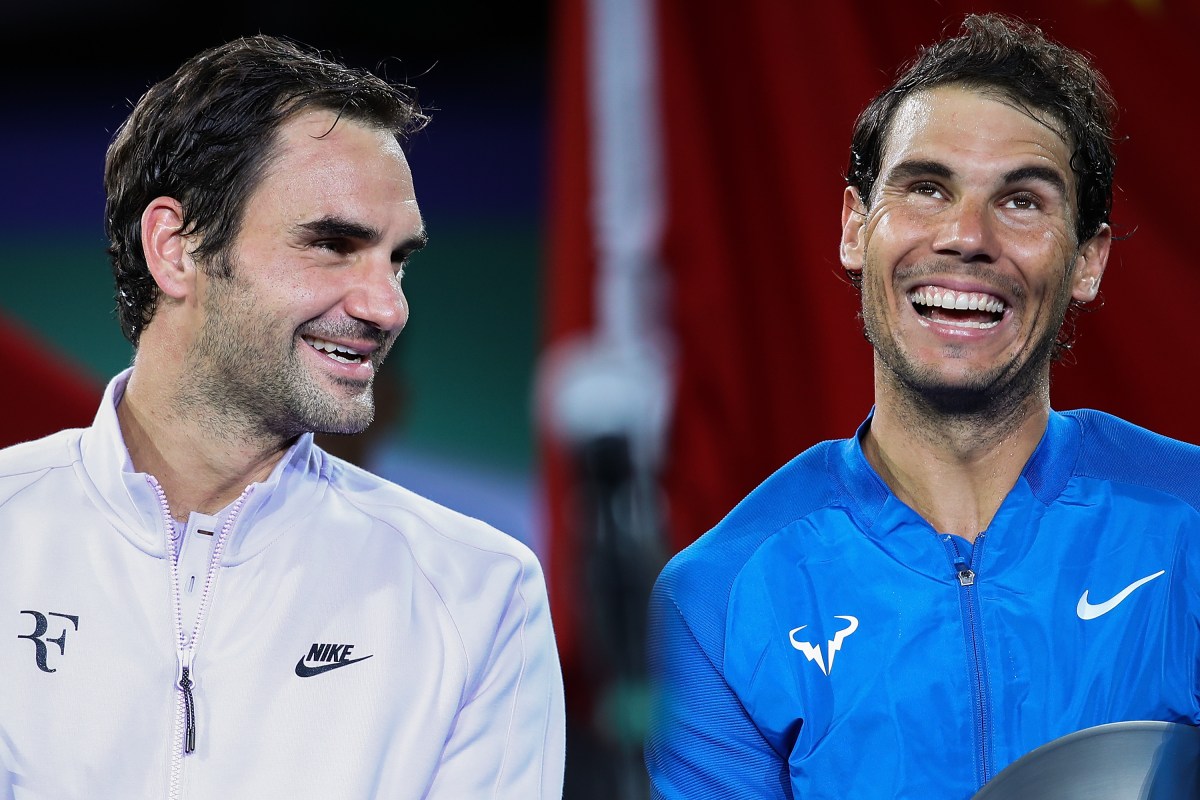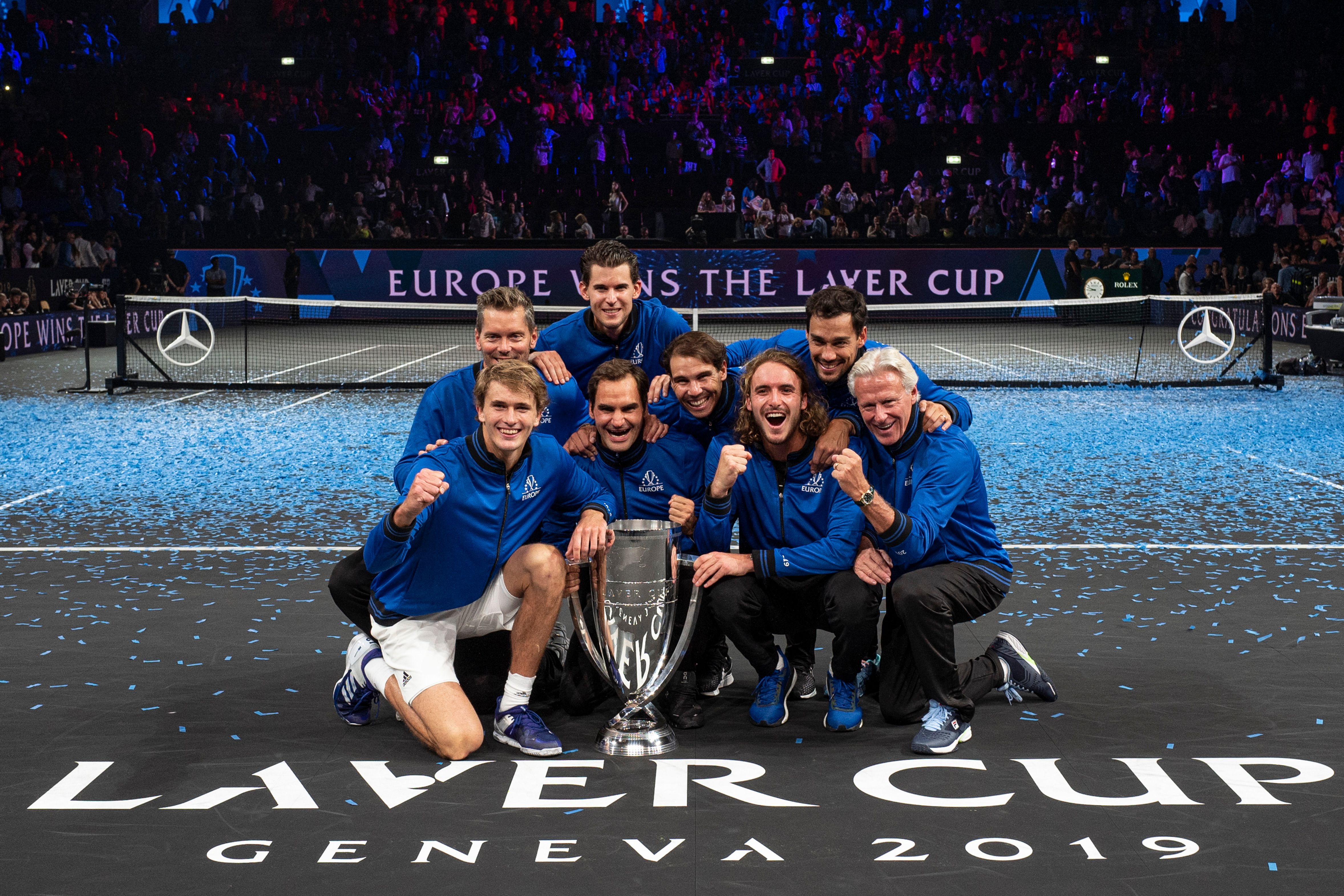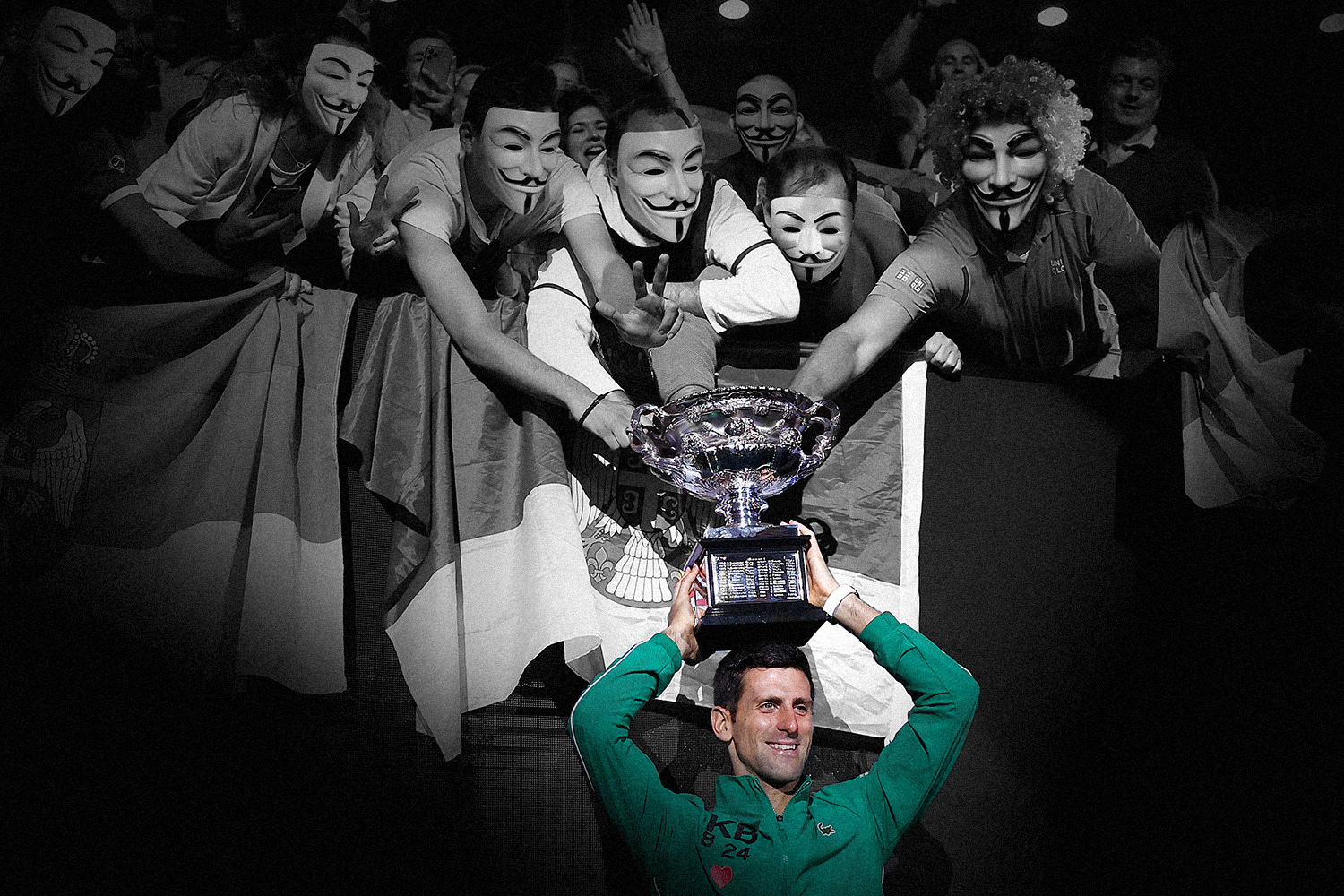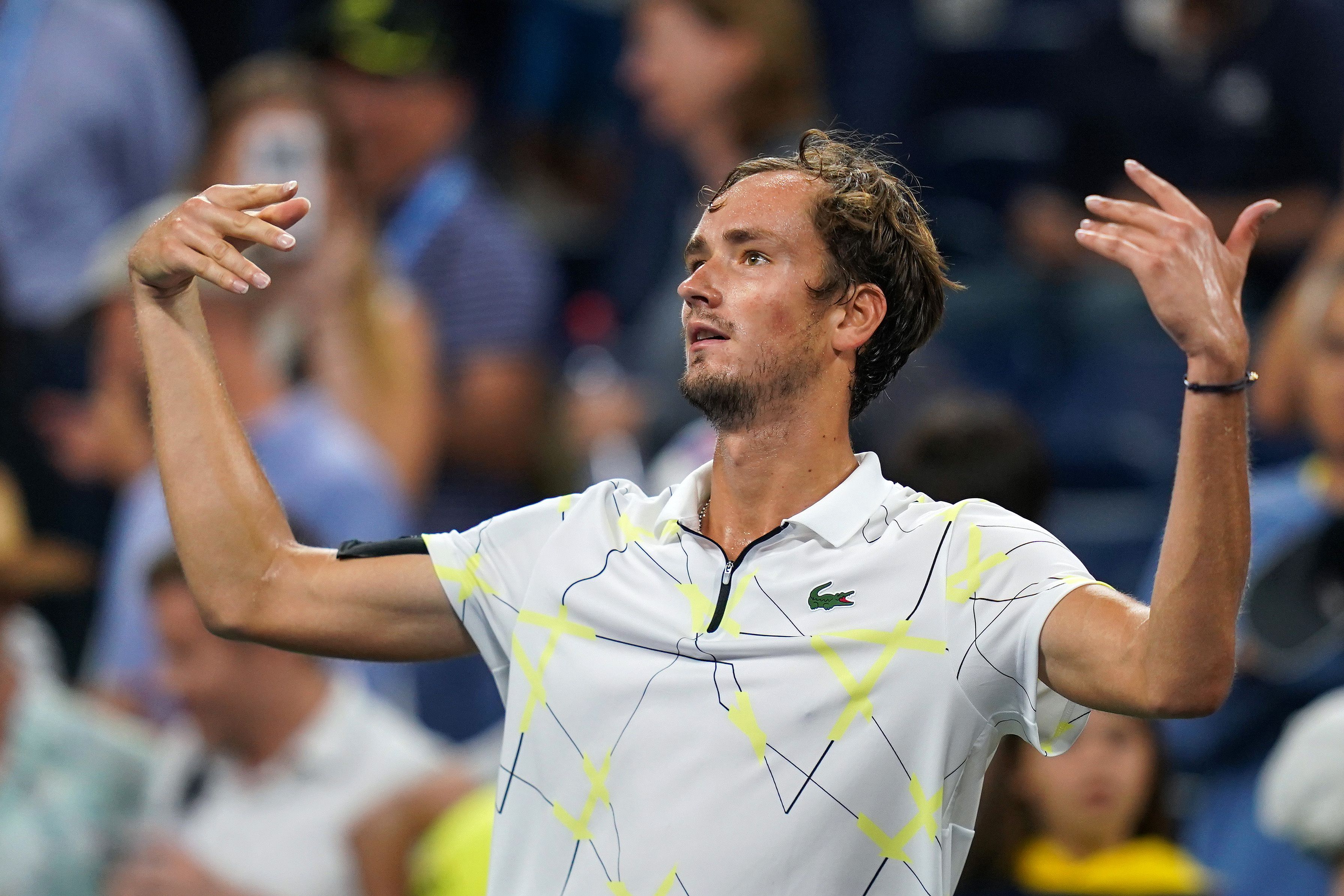There’s no tackling, no scrumming, no crashing under the boards for loose balls, no piling into a dugout cheek-to-cheek waiting for the next at bat. In other words, professional tennis is about as perfect a sport as one could think up for social distancing, and the game has managed to make a little headway into a return to normalcy — whenever that may be. But these are truly unprecedented times.
“This is all-new business. This is not planned,” ESPN commentator and tennis Hall of Famer Pam Shriver tells InsideHook. Between the various governing bodies of the sport, Shriver thinks “there’s an incredible amount of thoughtfulness going into how tennis can continue during the pandemic. Everybody’s empathetic.”
“I think in general, everybody just realizes that this is nothing anybody’s really been through before,” she adds.
While official tournament play from both the ATP and WTA tours has been suspended through at least July, moves have been made recently both on and off the court that could create a blueprint for not only tennis’s next act, but also the sporting landscape at large — even as it negotiates its own errors and faults.
A (Video) Game-Changer
After the Indian Wells, CA, tournament — one of the most prestigious events for both the men and women — was canceled back in March, the shockwave of what was happening outside the sports world hit hard and fast. The next joint event, in Miami, was scratched for 2020, and both tours announced a suspension of events until further notice, with the clay-court season being the first stretch of the season to go by the wayside.
The organizers of the Mutua Madrid Open in Spain, led by tournament director and current world No. 56 Feliciano Lopez, went the virtual route as opposed to complete cancellation: 16 men and 16 women competed, with play being streamed on multiple channels. Despite some technical glitches along the way, the winners were former world No. 1 Andy Murray (who delighted viewers with his running commentary) and Kiki Bertens, the defending champion of the real event.
A Unified Front
Over the course of his career, Murray has been very vocal in campaigning for men and women to be recognized as equals in the sport. But last month, he got support from a very important peer in the form of a Twitter thread felt around the world.
Roger Federer, likely the most popular player the sport has ever seen, brought up the idea of the ATP and WTA joining forces. It’s been mentioned in the past — most notably by Hall of Famer and longtime advocate Billie Jean King — but in these unprecedented times, the notion appears to finally have some traction behind it.
Noah Rubin, who has been ranked as high as 125 in the world, thinks the tours merging makes sense, but also feels that the goal should be bigger than that.
“In my head, we’re both dying, going off the deep end. That’s an easy one because we feel that joining forces can help both of us,” said Rubin, founder of Behind the Racquet, an online platform that allows players to share their personal thoughts and experiences. “I want to see if we can at least influence the Grand Slams and International Tennis Federation, as well, to say, ‘Hey, we’re making money right now, but we can make more money if we all join together.’ Now that would be impressive and something I would clap about.”
ESPN commentator Brad Gilbert, while noting that he’s not privy to those discussions, does feel that this could prove an opportune moment for change. “Both tours, especially the management, have a lot of time on their hands. It’s a great opportunity to be communicating, to figure things out. It seems like it would be a good fit. It seems like there’s some good traction now.”
“You can’t get away from the fact that an organization that would combine men and women professional tennis players would immediately have a greater stature, far greater stature, than the divided system of now,” Shriver adds.
Money Makes the Game Go Round
When the on-court action came to a halt, so did pay for the players. The Federers, Murrays and Serenas of the world — with hundreds of millions of dollars in the bank from prize money and endorsements — are able to weather the financial drought. However, the working-class contingent of both tours has struggled.
In a sign of unity among the tours and the Grand Slams, a Player Relief Fund was established to assist the athletes outside of the top 100. Murray donated half his prize money from the Madrid video game tournament to the fund, but the idea of higher-ranked players contributing to it didn’t sit well with world No. 3 Dominic Thiem, who suggested in an interview that the lower ranks simply aren’t fully committed to raising their status in the game.
Rubin, currently ranked No. 225 in the world, feels that a lack of communication from the ATP and its Player Council — which features Federer and Rafael Nadal, among others — is a longstanding issue that has come into sharp focus amid the current suspension of play. “You have X number of players that are a part of [the council], and then you have 500 players that are like, ‘What’s happening?’
“We appreciate everything, but look how long it took to come out with [the Player Relief Fund] — months and months and months — while other sports did this in seconds,” he tells us.
Tennis players are independent contractors, and Gilbert — who got as high as No. 4 in the world during his career — notes that unlike with team sports, it costs a lot of money for the athletes to start on their chosen path.
“You have to pay your coaches, you have to pay for travel and you’re not getting paid right now,” he says.
Actual Tennis, Anyone?
Around the world, as restrictions loosen in different areas, pros are getting a taste of competition again, with various groups putting on live events that make social distancing a priority. There are no ball kids or line judges on the court — just the chair umpire and players.
“There are certain sports that are set up to feel pretty good right out of the gate as things slowly reopen, and I think tennis is one of them,” Shriver says. “You’ve had the little taste of some matches on private courts the last few weeks.”
Essentially exhibitions, these events — like the UTR Pro Match Series in Florida, which was co-produced by the Tennis Channel — still serve a purpose, Gilbert says. “This is to keep players active and to get something on TV,” he says, adding that “the hardest thing for the players is to stay physically and mentally ready … because whenever it is, it might be go time.”
Looking Ahead
Tennis, like the rest of the world, has to adapt to a new reality in the coming months. What it will look like after the pandemic is anyone’s guess, but Rubin has some suggestions on what to do to prepare.
“I think this is a time to honestly scrap tennis and say ‘Hey, let’s use this time to evolve tennis, let’s use this time to experiment with exhibitions. Let’s use this time to actually come together and see if we can benefit from six months of downtime and evolving, and creating ideas and putting people on the same page, and see where we are come 2021.’”
The Charge will help you move better, think clearer and stay in the game longer. Subscribe to our wellness newsletter today.























